*This article is part of Arts Help's Art Theory series.
American writer, scholar, and professor of law at Columbia University, Kimberlé W. Crenshaw has been a leading voice and anchor in the field of Critical Race Theory for over thirty years. Her writing and activism pertaining to race, civil rights, and feminist theory is eminent. In 1989, Crenshaw coined the term intersectionality, a concept rooted in Black Feminism. She states that the idea of intersectionality grew from the effort “to bring to light dynamics within discrimination law that weren’t being appreciated,” in American court systems.” Through time, the term has morphed and even gained critique from forces who are adverse to identity politics. However, as Crenshaw describes, intersectionality is not meant to be a form of identity politics, rather “a lens, a prism, for seeing the way in which various forms of inequality often operate together and exacerbate each other.”
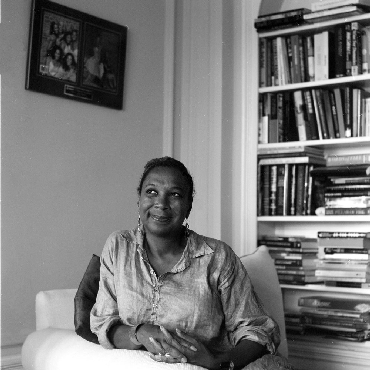
Crenshaw’s foundational intersectional, feminist, and legal theories continue to influence generations of writers, scholars, artists, and lawyers as well as global organizational powers––her ideas affected “the drafting of the equality clause in the South African Constitution,” and her writing on racial and gender discrimination served as “background paper,” at the 2001 United Nations’ World Conference on Racism. As a whole, even before the term was actualized, the concept of intersectionality was explored by pivotal examples of feminist leadership, marking the work of bell hooks and Angela Davis. Scholar Patricia Hill Collins expresses, “Since the 1990s, intersectionality has increasingly influenced scholarship, research, and curricular choices in colleges and universities. A copious body of scholarship within the humanities and the social sciences now self-identifies as intersectional…” (22). Furthermore, notions of intersectionality extend into practices of activism, politics, and art-making.
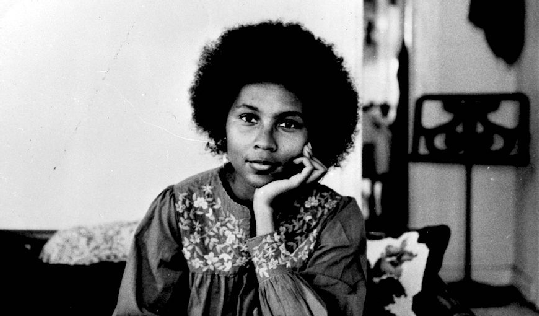
In a 1991 issue of Stanford Law Review, Crenshaw explains that “Race, gender, and other identity categories are most often treated in mainstream liberal discourse as vestiges or domination––that is, as intrinsically negative frameworks in which power works to exclude or marginalize those who are different.” In this expression, “those who are different,” refer to individuals who are othered in dominant Euro-centric, patriarchal, ableist, and heteronormative societies––including but not limited to Black, Indigenous, Asian people, LGBTQIA+ individuals, and women.
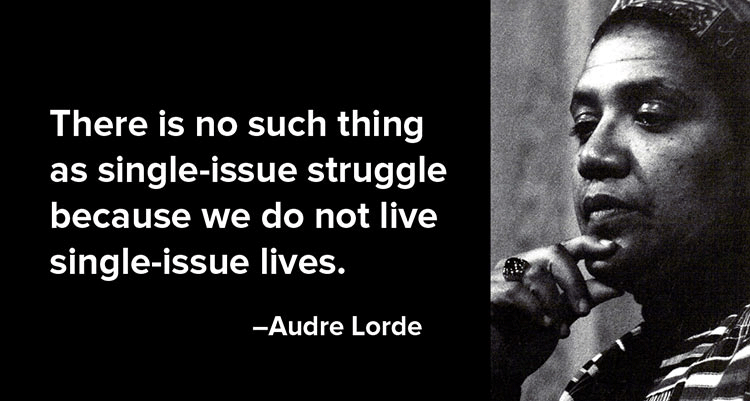
The term and idea of intersectionality expresses a tool for analyzing societal conditions by recognizing the ways in which instances of “race, class, gender, sexuality, ethnicity, ability, and age operate not as unitary, mutually exclusive entities, but as reciprocally phenomena that in turn shape complex social inequalities,” (2). More often than not, notions of identity and inequality are singularly categorized, meaning that perceptions of race, gender, and class are understood as separate, rather than relational conditions of being. For many, the notion of intersectionality demonstrates that individuals are subject to diverse systems of being and inequality at once. As an example, for a Black, queer, woman, their experience of identity is simultaneously cofounded by their race, sexuality, and gender. Thus, due to intersecting notions of identity, individuals often face more than one oppressive force––racism, sexism, homophobia, transphobia, xenophobia, classism, ableism, and colonialism––congruently.
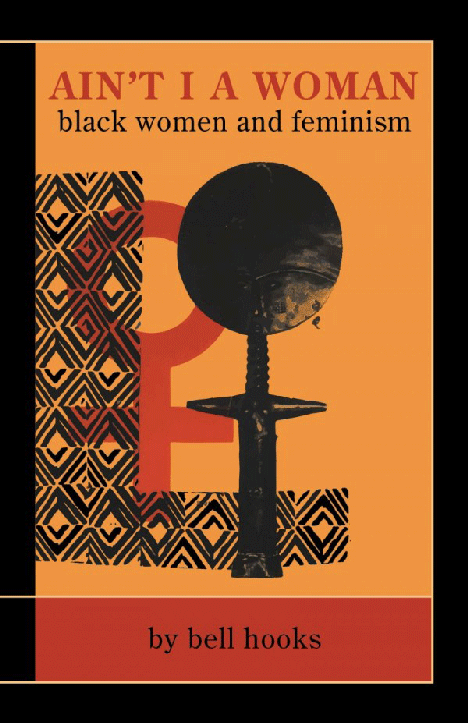
Collins describes intersectionality as critical inquiry because, as a concept, it, “straddles traditions of social action and academic scholarship,” and “it is uniquely positioned to develop critical theoretical analyses of the social world’ (23). Quoting text from the essay, “Toward a field of intersectionality studies: Theory, applications, and praxis,” Collins articulates that “what makes an analysis intersectional . . . is its adoption of an intersectional way of thinking about the problem of sameness and difference and its relation to power” (23).
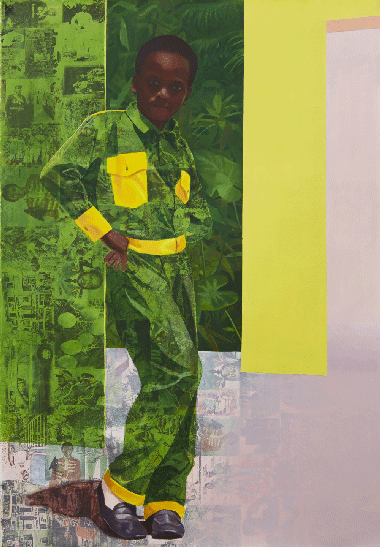
By looking at various historical and contemporary practices of art production, it can be determined that visual art is inextricably informed by philosophy, social theory, and expressions of identity. Various artists use the idea of intersectionality as a method of critical inquiry – to think about the way, and to represent how, intersectionality informs or defines their experiences of identity, or the identity of those like them.
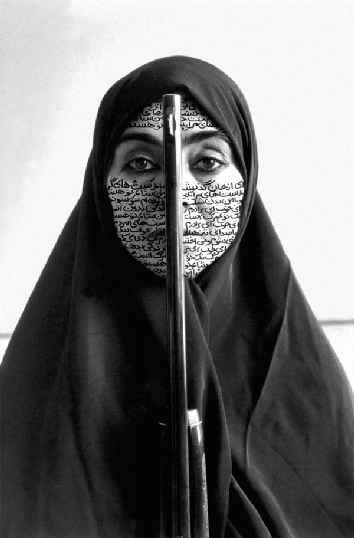
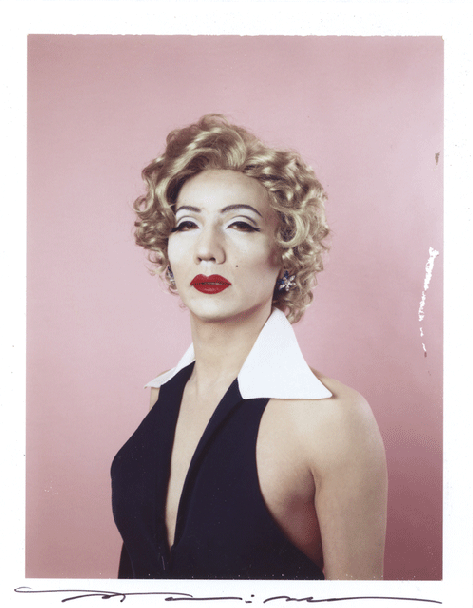
Within visual art practices, the presence of intersectional critique brings forth the importance of human and cultural diversity––showing that individuals have uniquely layered identities formed by profoundly intricate and intersecting experiences. Over the past several years various arts institutions have put focus on intersectionality, bringing diversity and inclusion to the forefront of their programming, staffing, and organizations.
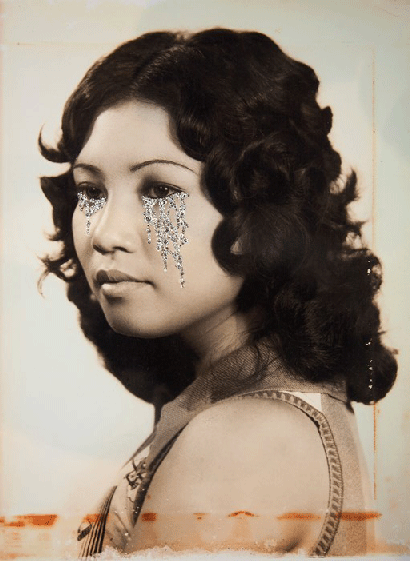

Read about Los Angeles based artist, Sula Bermúdez Silverman here to understand how intersectionality is embodied in artistic practices.
